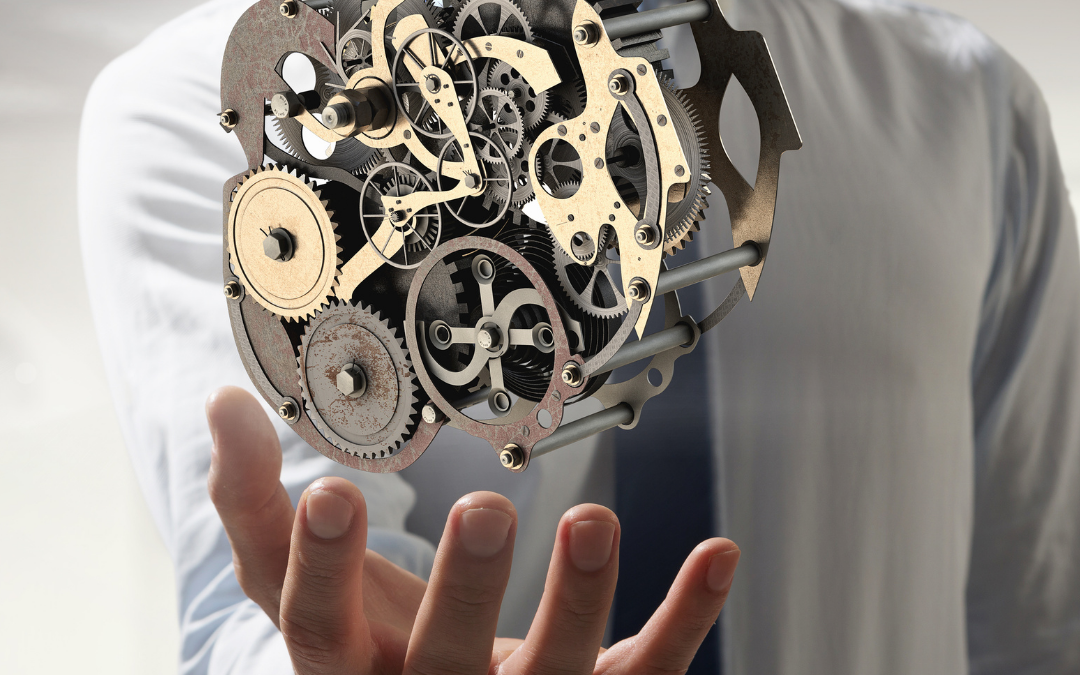The Many Facets of Manufacturing
When the average person hears the word “manufacturing,” they picture a factory where whatever item their imagination offers—toys, sodas, cars, beer, La-Z-Boy recliners—are bottled or boxed or wrapped after being assembled by either human or robot hands.
What people do not realize is that this is only a very small part of the manufacturing process, and hardly representative of what it takes to bring their favorite toy into its final form. Some of it does not even take place in a factory!
Lining the Shelves
For this article, we will focus on the part of the process that ensures that there is an appropriate number of toys on the store shelf so that the Goldilocks number of happy customers is reached, i.e., there are neither too many nor too little toys on that shelf, but just enough so that the maximum profit is made, or something very close to it.
It is not mere guesswork that determines how many toys go on that shelf, but it is not an exact science either. In other words, some guy does not just sit in an office chair and dream up some number for the order, nor is there an algorithm that can exactly divine the “correct” number of toys either.
What is left, then, is the not-quite-an-art, not-quite-a-science of prediction. The type of prediction relating to how much of a product ought to be made for any given time frame is called demand forecasting.
Demand Forecasting
The meaning of demand forecasting can be easily guessed by anyone with even a little knowledge of economics, or at least its jargon. The “demand” referred to is how many end users, i.e., the customers buying products such as the aforementioned toys, will be willing to purchase whatever product you are manufacturing.
Another way of putting it is the degree to which that product will be in demand. In broad terms, the chief concern is whether demand will be strong, weak, or somewhere in the middle.
Of course, knowing that demand will be “strong” does not lead you to a certain number. You need more data, such as the number of sales for the toy over the past few weeks, along with how many were not sold, which is called the surplus.
Bringing in an AI Solution
Some people reading this article may assume that all manufacturers rely on some form of artificial intelligence to assist in their predictions, but the truth is that many rely on more primitive means for determining forecasting.
There are plenty of stores that rely on managers to count the surplus and create an educated guess based just on that. They take a peek at the shelves, see what is there, and tally up a number that may or may not lead to a good profit. In turn, their manufacturing unit gets this educated guess, and goes to work.
These businesses figure that if business is going well, then there is nothing to complain about. The truth is that business could be going much, much better if they incorporated a prediction platform powered by AI, such as those offered by Findability Sciences.
Using an AI platform for demand forecasting offers a number of benefits. Chiefly, it can handle much more data, and create much more predictions, than even the most gifted store manager. In addition to that, it will consider data from a wider variety of sources rather than just what is on one store’s shelf.
For manufacturers, it will be nice to know a highly accurate prediction for how many products, across all the stores served, will be in demand.
Yes, no matter how many stores you serve, an AI prediction platform can handle the predictions for them. For example, Findability Sciences was able to offer a leading American manufacturer-distributor a demand forecasting dashboard that optimizes the inventory for over 1800 stock-keeping units across 250+ store locations. In turn, those stores were able to greatly reduce incidences of overstocking and understocking alike.
Summary
Demand forecasting is a type of prediction concerned with figuring out how much of something, such as a toy, will be in demand. Demand forecasting is used in manufacturing to determine how much of something should be made in any given timeframe. AI prediction platforms can create more accurate predictions by using much more data, as well as expanding the scope of its predictions from just a handful of stores to a massive amount, hundreds and counting if need be.


Recent Comments